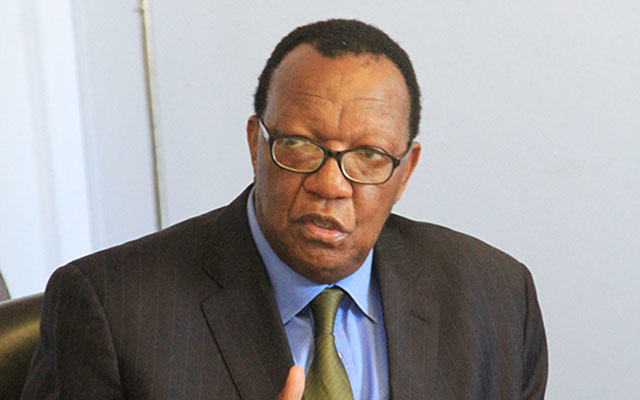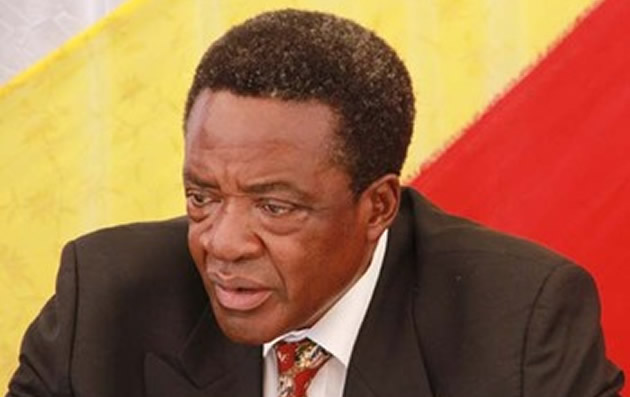Arts, culture indaba a resounding success


Som of the delegates in animated discussions during the International Conference on African Cultures
AT THE GALLERY
The opening of the recent International Conference on African Cultures attracted several dignitaries from the corporate sector, the Ministry of Arts and Culture, partners and artist. In a speech read on his behalf by the Minister of State in his office Honourable Vice President Emmerson Mnangagwa illuminated on the need to interrogate the works of art. The conference was of importance as Africans discussed African issues in an African set-up as compared to the first edition where the black men suffered under the colonial horse.
Running under the main theme “Mapping the Future”, fruitful discussions were conducted through men and women with immense knowledge and great expertise.
This brought about concrete facts to the discussions.
PPC was presented with an opportunity to launch the PPC Imaginarium to be held in Zimbabwe for the first time in partnership with the National Gallery.
The presentation done by Elizabeth Muchemwa, a local artist, alongside Izwi included instillations, photography and paintings. Several artworks by Virginia Chihota, Masimba Hwati, Mario Macilau from Botswana, and Mulenga J. Mulenga from Zambia amongst others were on display.
Seshe Bopape’s artwork titled “Mavhu, Ivhu” was a hit with the public. The South African-based artist’s “Mavhu, Ivhu, Pasi” showcased alongside the works of other local artists such as Lillian Magodi, Portia Zvavahera and Nyanzombe Nyamupenza. The list is endless.
Several artists were challenged by Bopape’s creativity. She said that her instillation was influenced by a family story about birth and death. Guests were invited on a walk around the gallery whilst listening to performances by poets.
During the conference participants were taken on a tour of local artists’ studios, Village Hunhu in Milton Park, Visual Arts Studios in Mbare and Dzimbanhete Arts Recreation Centre at Studio Park, Delta Gallery. Gareth Nyandoro’s studio was also open for a tour by the guest.
National Gallery of Zimbabwe chief curator Raphael Chikukwa expressed his sincere gratitude to the Gallery staff, the speakers and everyone who was part of the momentous event for their contributions.
The event successfully brought together the Diaspora and the African continent. ICAC 2017 was of great importance to African art and culture. For many decades holding the second conference was just an idea. It, however, materialised this year as a result of hard work and the more urgent need to talk about the future of art and culture on the African continent. It raised awareness on the need to have such conferences where Africans gather for a common cause, discussing common issues with the objective of achieving the same end result.
The conference days were categorised into different themes such as Art and Art History from Africa, Intellectual Chimurenga, African Epistemic Insurgency on Space and Infrastructure and Heritage and Conservation. These were a beckoning force to reckon with in Mapping the Future.
Speakers were key players in delivering at the conference. With regards to gender representation there were 22 renowned female speakers and 30 male speakers. Women in the past were largely marginalised, however, this time this was not the case. Prominent and successful female curators such as Bisi Silva, Gabi Ncobo, Mpho Matsipa, Ernestine White from South Africa, Ngone Fall from Senegal, expanded on Mapping the Future. From the local scene the conference was well represented by experienced female professor Dr Ancilla Nhamo from the University of Zimbabwe and artist Lucia Nhamo.
National Gallery director Mrs Doreen Sibanda described the second edition of the International Conference on African Cultures (ICAC) as historical and will forever be remembered. She went on to elucidate that the historical convention enabled local artists to showcase their works and put Zimbabwe on the world map.
ICAC brought together people from different fields, different perspectives and different social set-ups thereby enabling people to find their space. Mrs Sibanda said the meeting marked a point for the production of new knowledge about African arts and culture.
For the National Gallery of Zimbabwe the ICAC was advantageous to the Gallery as this year marks its 60th anniversary. The conference discussions and conversation had a positive impact on the Gallery as several issues of importance were raised on African art in Africa. An art expert said there was need to join the disjoined art sector with the economy.
Moreover, the conference presented an opportunity for the artist and the audience.
Through the question and answer session intriguing questions were asked. Artists and the audience through ICAC were able to dialogue.
With the revival of second addition on the culture indaba the sky is not the limit for Zimbabwean art.







Comments